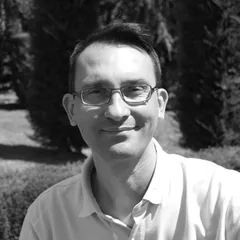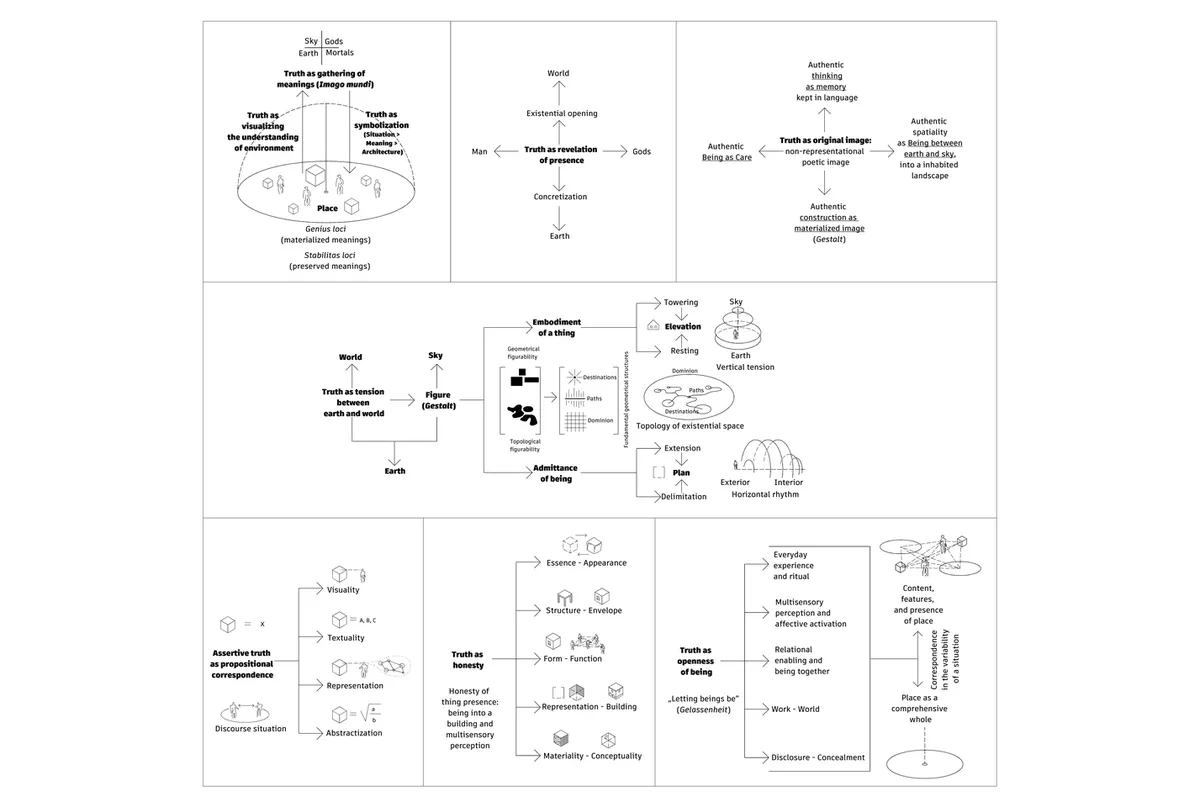
1/1

Author(s) / Team representatives
Cosmin Caciuc
Profession
Architect
Website
Photo credits/design
Cosmin Caciuc
Text presentation of the author in English
Cosmin Caciuc
- associate professor, PhD architect at „Ion Mincu” University of Architecture and Urbanism, Bucharest
Published books:
Topohermeneutică și arhitectură: Malpas, Norberg-Schulz, Auret, „Ion Mincu” University Press, 2023.
Transdisciplinarity and Theory of Architecture, LAP LAMBERT Academic Publishing, 2015.
Dominique Perrault – critical directions for big architectural projects, „Ion Mincu” University Press, Bucharest, 2014.
Eduardo Souto de Moura – congruence between architectural thought and constructive gesture, „Ion Mincu” University Press, Bucharest, 2012.
Paulo Mendes da Rocha – six principles for the architecture of reflexive modernity, „Ion Mincu” University Press, „In nuce” collection, Bucharest, 2011.
American Avant-garde: 50 years of architecture: from modernism to minimalism, Zeppelin Press & „Ion Mincu” University Press, Bucharest, 2010.
Kenneth Frampton – professional practice, critical historiography and architectural theory of Late 20th Century and Early 21st Century, „Ion Mincu” University Press, Bucharest, 2010.
Transdisciplinaritate și arhitectură, Paideia Press, Bucharest, 2010.
Supra-teoretizarea arhitecturii, Paideia Press, Bucharest, 2007.
Prizes
First prize winner at the Annual of Architecture Timisoara (a_ta) 2014 essay competition – criticism in architecture.
National Biennale of Architecture 2012 Award at „Architecture through the word” section.
Arhitext Design Award for essay in architectural criticism, 2000.
Text abstract in English
Truth in architecture involves theories of authenticity; it is an essential notion in artistic creation but sunk in obscurity. In Heidegger's late thought, the revelation of being in specific beings is called truth, constituting the phenomenological openness opposed to modern metaphysical thought. My commentary is limited to the thinking on this subject articulated by two different personalities: Christian Norberg-Schulz (1926-2000) – the Norwegian architect who introduced the notion of truth into architectural theory, interpreting the writings of the German philosopher Martin Heidegger (1889-1976) – and Jeff Malpas (b. 1958) Australian philosopher who recently returns to the question of truth from a Heideggerian perspective, again addressing architects. From this point of view, my text is a second degree "cover" to what is already a "cover" on Heidegger's notion of truth in architectural theory and philosophy.
On the other hand, I believe that Jeff Malpas's current reflections can provide a critical review of Norberg-Schulz's thought, 24 years after the Norwegian theorist's death. This interpretation allows me highlight seven hypostases of truth in the discourse of the two authors: truth as visualization, symbolization and gathering of a world; truth as revelation of presence in openness and concretization; truth as original image; truth as tension between earth and world; truth as propositional correspondence in assertion; truth as honesty; truth as revelation of being. The conclusion orients us towards the truth understood as an inevitable fusion of these seven hypostases: this presupposes an interpretation based on a relational attitude, concerned with moderation and piety, attentive to the place, capable of revealing authenticity as appropriateness to the situation and appropriation of place through habitation. Architectural designing involves this appropriation of place and how the architect is actually "taken up" in the situation of the place rather than controlling or reordering the given situation.
Revisioning Norberg-Schulz's idea of truth in architecture implies Malpas' "topological thinking": thus, the truth of architecture can be understood again as a "rendition of place" in which the "art of place" through architecture will be relational enabling, multisensory and affective activation within concrete experience, appropriateness and taking over of being by the situation in "letting beings be".
